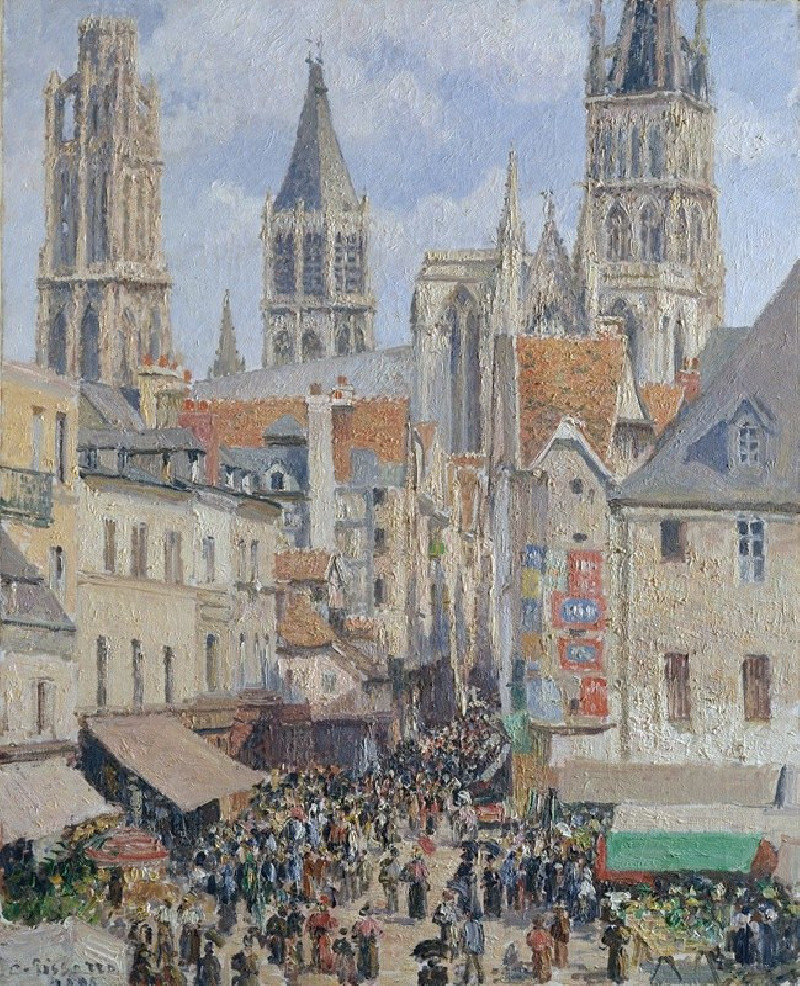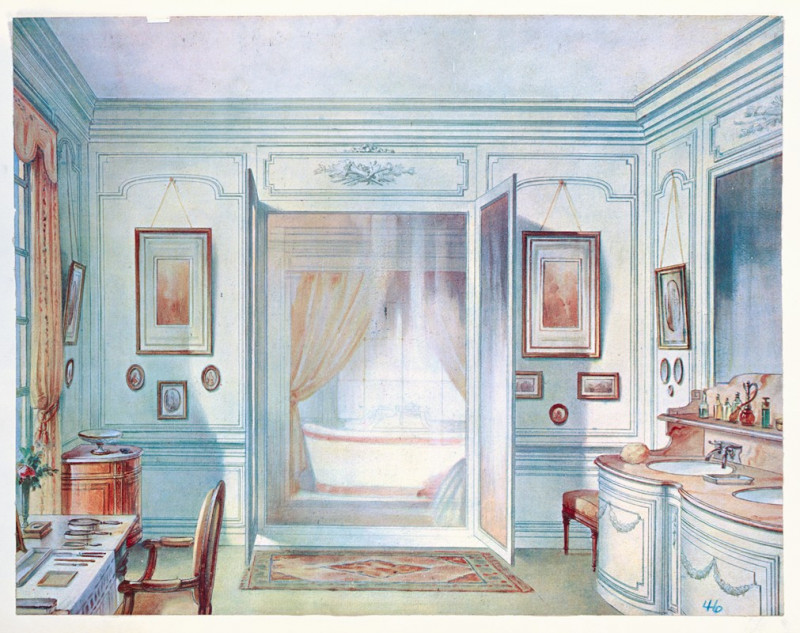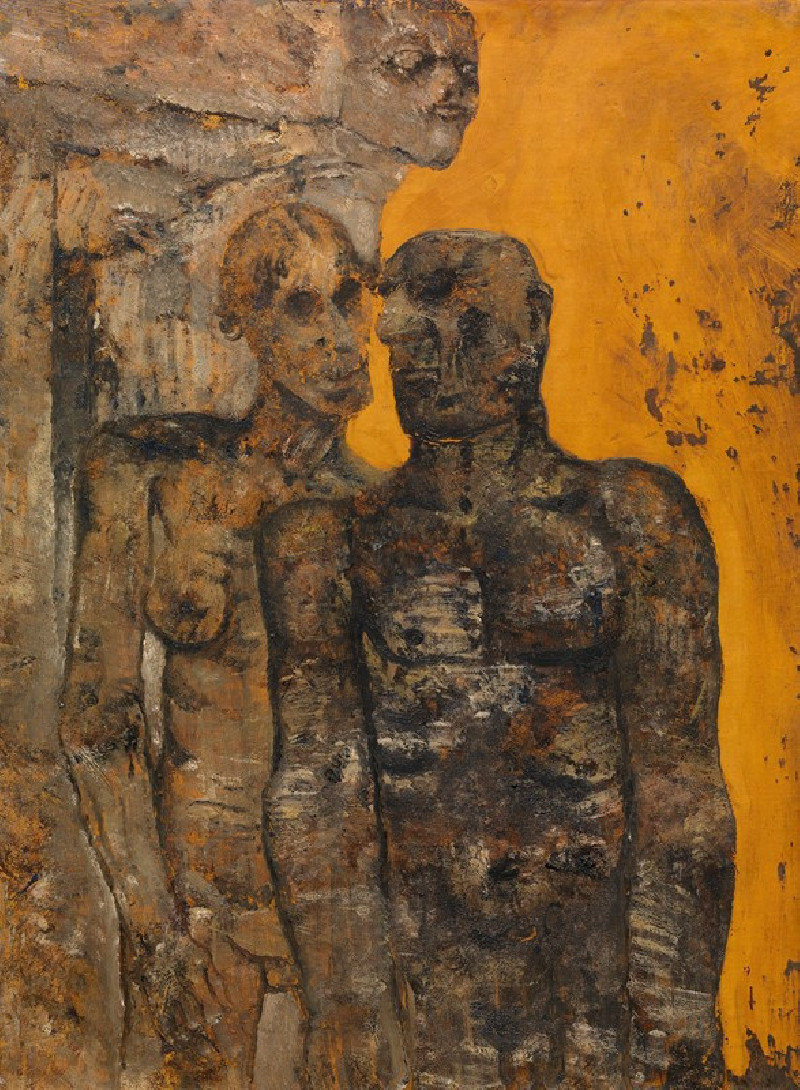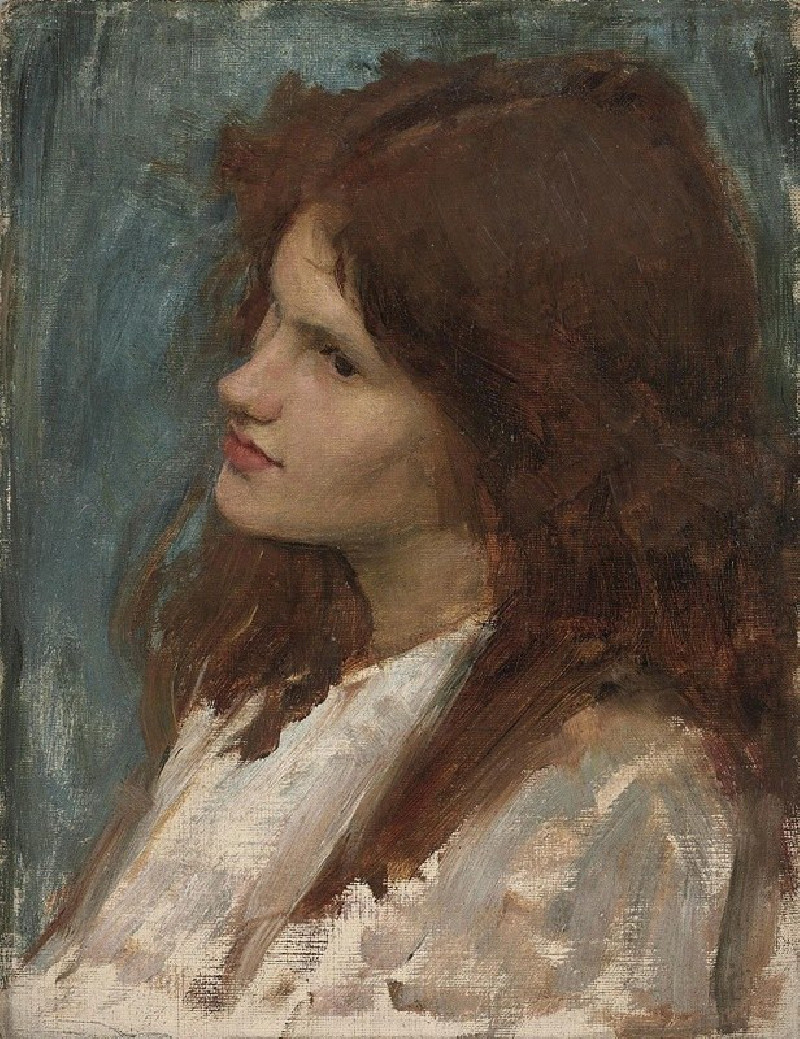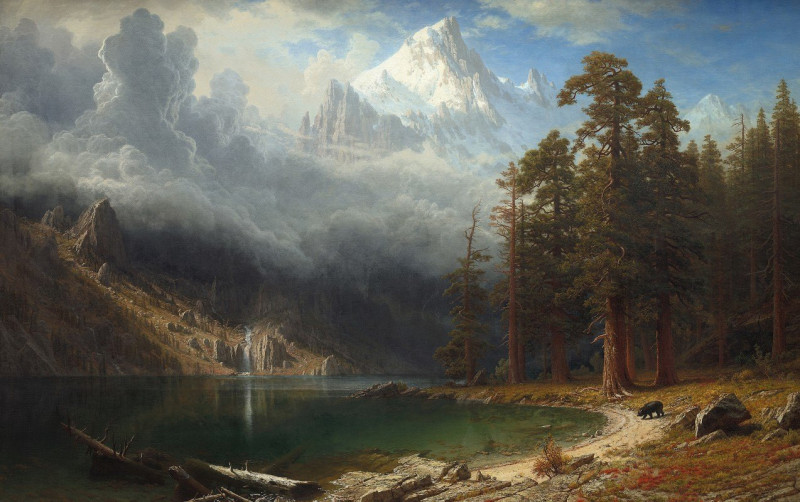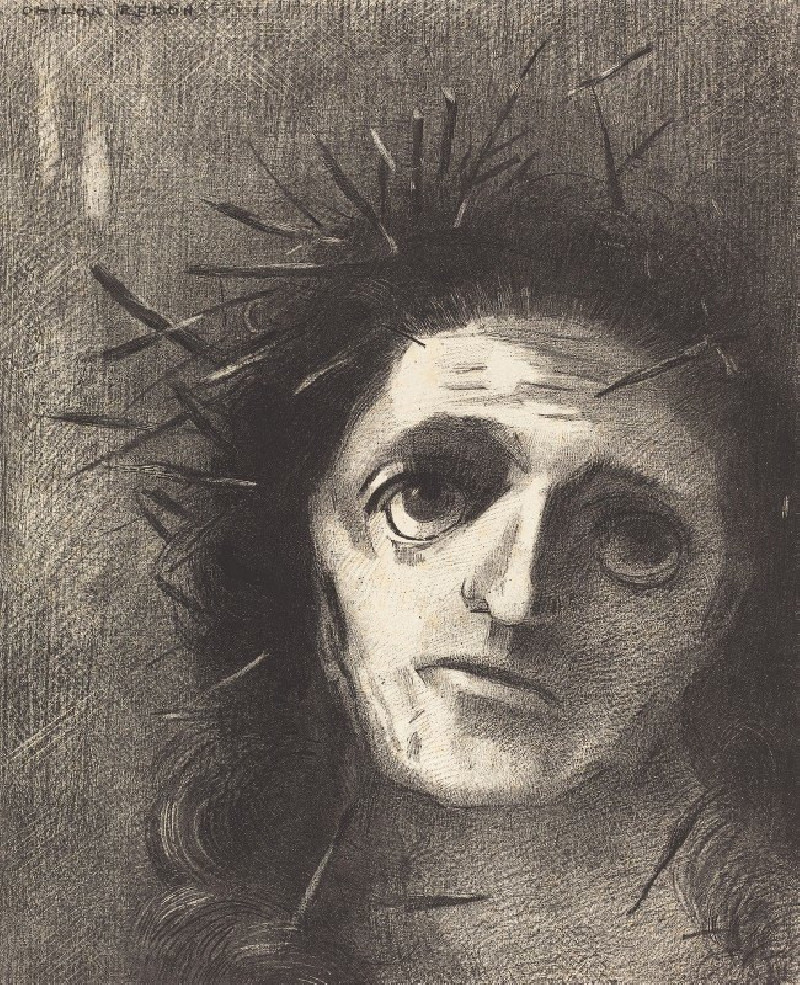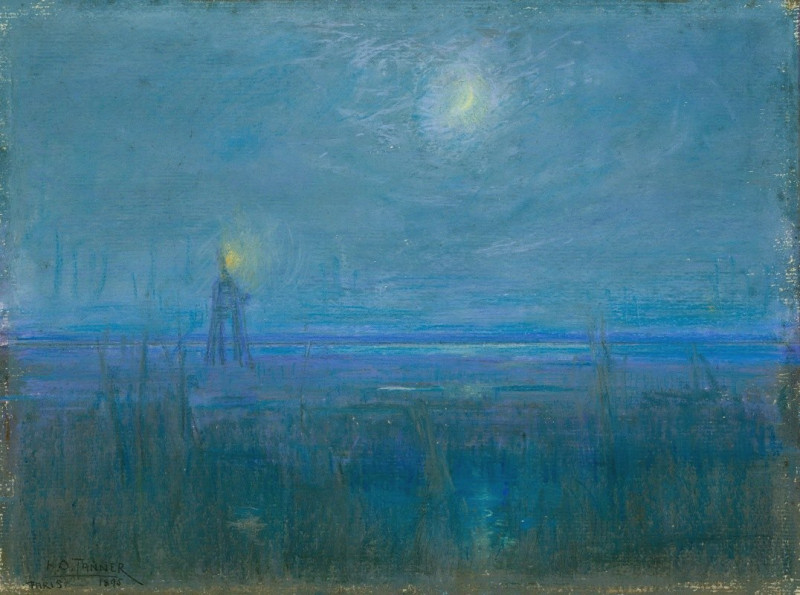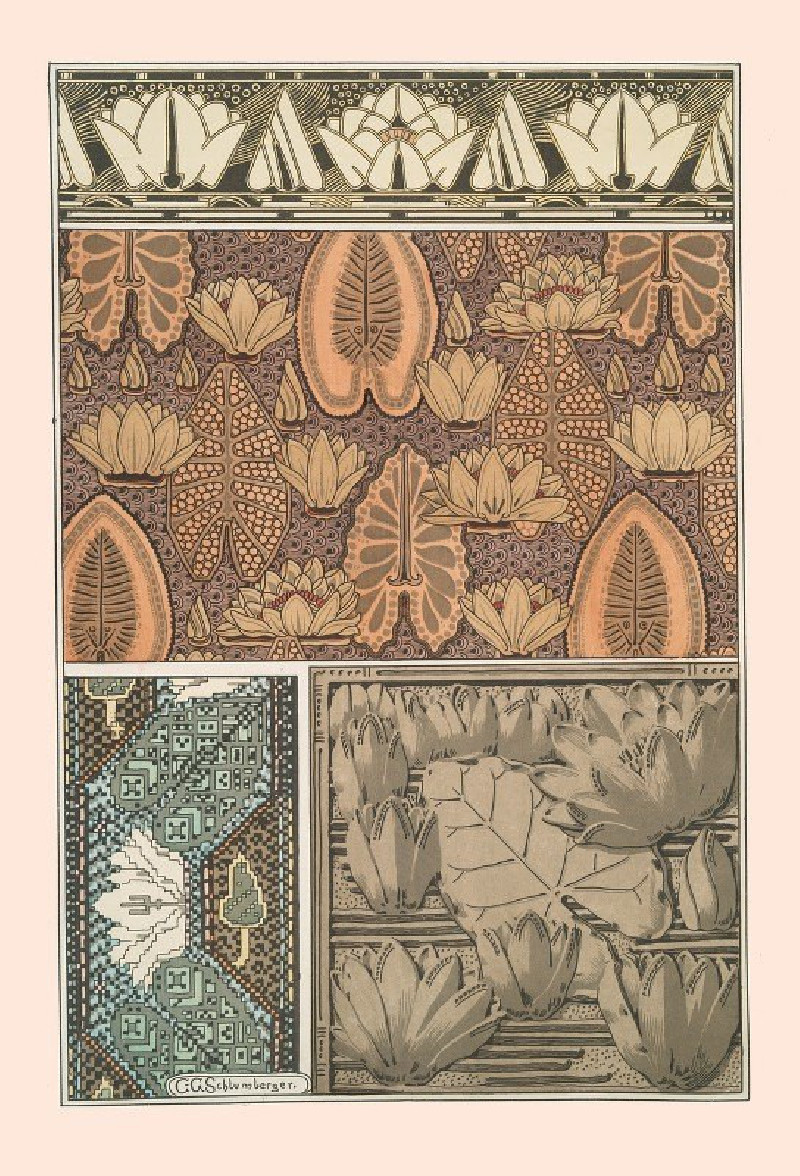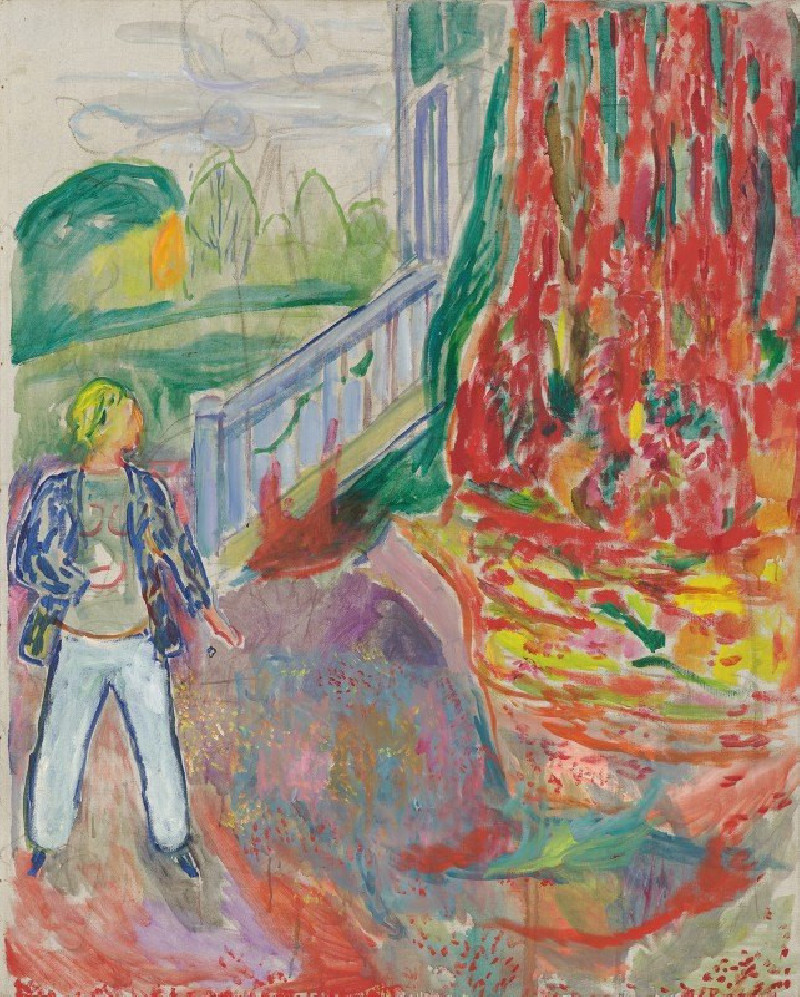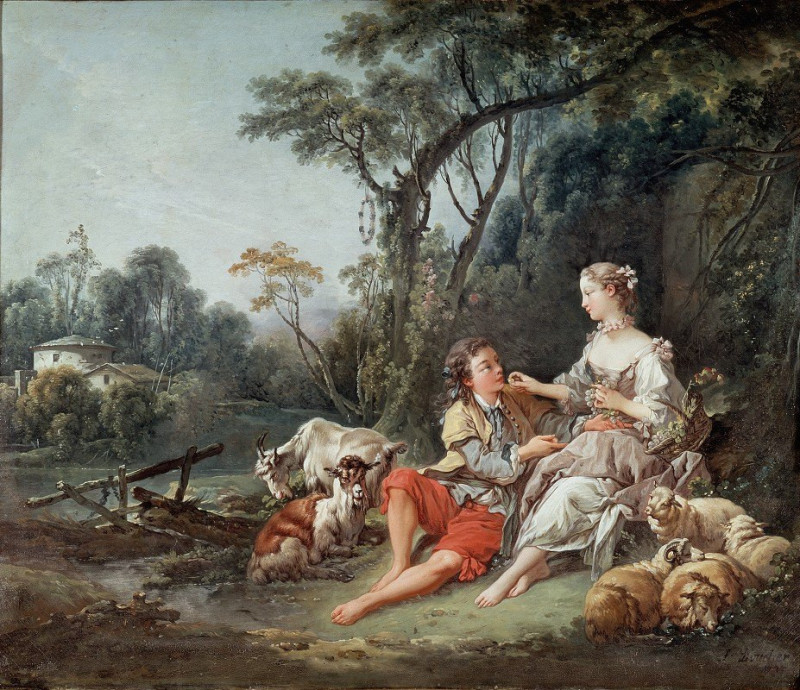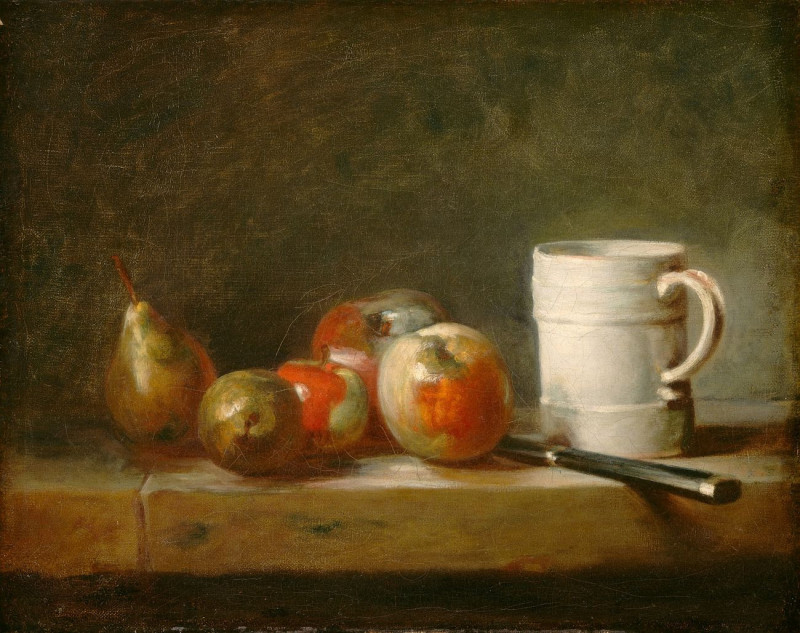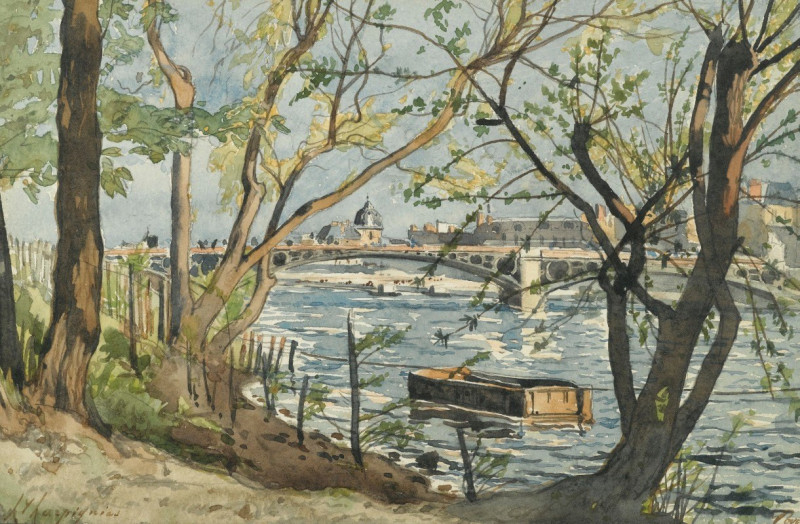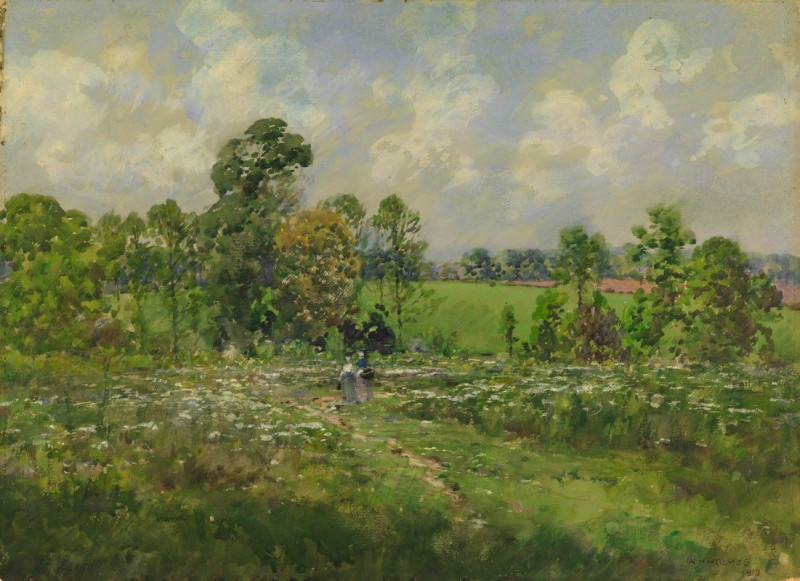Rue de l’Épicerie, Rouen (Effect of Sunlight) (1898)
Technique: Giclée quality print
Recommended by our customers
More about this artwork
Discover the bustling market streets of 19th century Rouen through the eyes of one of Impressionism's pivotal figures, Camille Pissarro. His painting "Rue de l’Épicerie, Rouen (Effect of Sunlight)", created in 1898, offers a vivid glimpse into daily life infused with the magical play of sunlight.In this remarkable work, Pissarro portrays a lively market scene set against the majestic backdrop of Rouen’s Gothic cathedrals. The scene is captured from an elevated viewpoint, looking down onto the thronging crowd of townsfolk and vendors. The marketplace is alive with activity, with figures depicted in various shades and strokes, suggesting movement and the hustle of everyday exchanges.Pissarro's mastery in handling light is evident. He uses a palette of soft yet vibrant colors to reflect the sunlight filtering through the clouds, illuminating the façades of the buildings and casting shadows that add a dramatic effect and depth to the scene. The historic architecture of Rouen – with its towering spires and intricate detailing – stands grandly but does not overpower the human element of the painting.This piece is not merely a visual document of a time and place; it is a sensory experience that communicates the rhythm and the atmosphere of a market day under the sunlight’s transforming effects. "Rue de l’Épicerie, Rouen (Effect of Sunlight)" is a testament to Pissarro’s enduring fascination with the interplay of light, structure, and human activity, showcasing his ability to draw viewers into the everyday moments of life he observed so keenly.
Delivery
Returns
Blessed are they who see beautiful things in humble places where other people see nothing. — Camille Pissarro
Camille Pissarro (1830-1903) was born on St.Thomas (now the US Virgin Islands) to a Portuguese father and a Dominican mother. He went to Paris to study art at Ecole des Beaux-Arts. He was an early pioneer of pointillism and neo-impressionism and later became a mentor of many famous impressionist painters including Cezanne, Manet, Renoir, and Gauguin. His paintings depicted rural and urban French landscapes and lifestyle. Many of his works politically captured images of peasants and laborers. Today, he is considered the father of impressionism.

